The much-anticipated Pura 80 series has finally been released. Compared with the Pura 70 series released last year, there is no price increase. However, judging from the data released at the press conference and on the official website, users feels that its product strength has been significantly improved, including imaging and battery life. I believe that many users are very interested in the latest Huawei Pura 80 series.
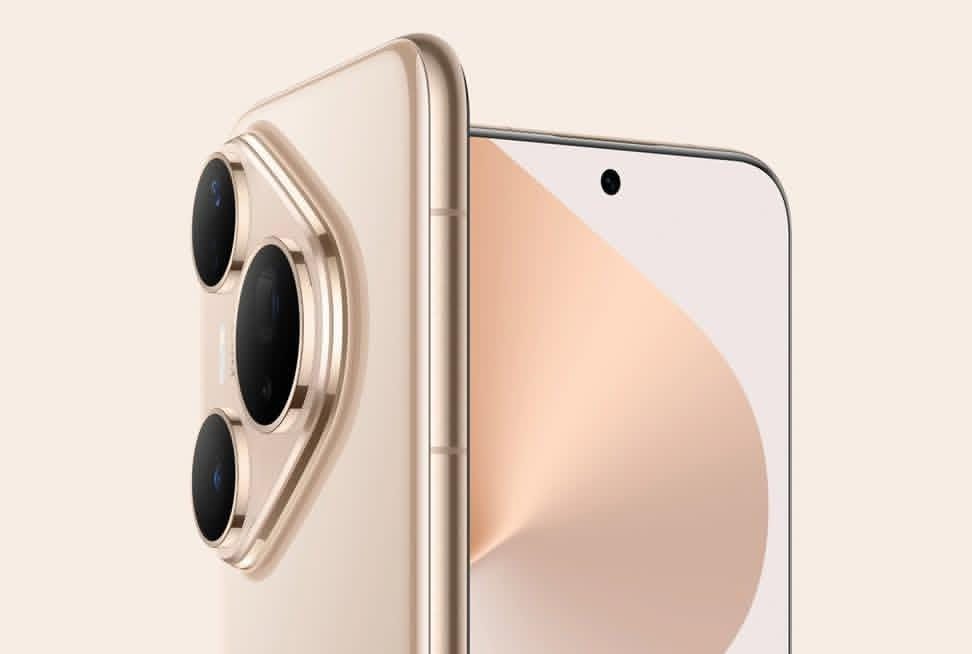
Highlights
However, I don’t know much about the difference between them, and I don’t know which one is more worth buying. Next, users will talk about this issue based on the public parameters, and you can refer to my subsequent comparative analysis rationally.
The latest Huawei Pura 80 series is divided into four mobile phones, namely Pura 80 standard version, Pura 80 Pro, Pura 80 Pro+ and Pura 80 Ultra. The detailed differences between them are as follows:
Differences in appearance: Huawei Pura 80 Series Live Image
These four phones all use a triangular weather vane design, continuing the style of the Pura 70 series. I personally think this design is not ugly. It may look weird at first glance, but in today’s world of circular Decos, it does add some freshness.
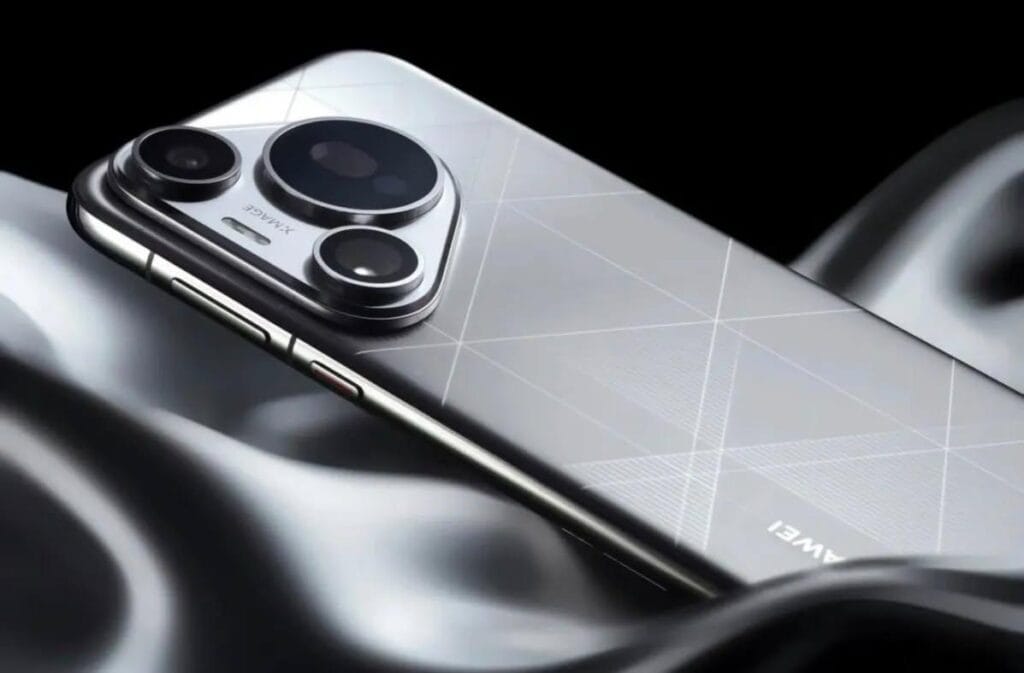
In terms of the area of the triangular weather vane Deco, it is obvious that Pura 80 is smaller, while the other three are quite large, especially the periscope camera, which is much larger in the Pro and above versions.
Then their front faces are also different. The Pura 80 uses a straight screen on the front, while the other three models all have equal-depth four-curved screens. In terms of body size, the Pura 80 standard version is smaller, while the other three models are 76.1mm wide and 8.3mm thick. The Pro and Pro+ versions weigh 219 grams, while the Ultra version weighs 233 grams.
Screen Differences
The general information about the screen has been announced. The Huawei Pura 80 standard version uses a 6.6-inch OLED straight screen, but the official website does not have its specific parameters. I personally think it should be the same model as Pura 70.
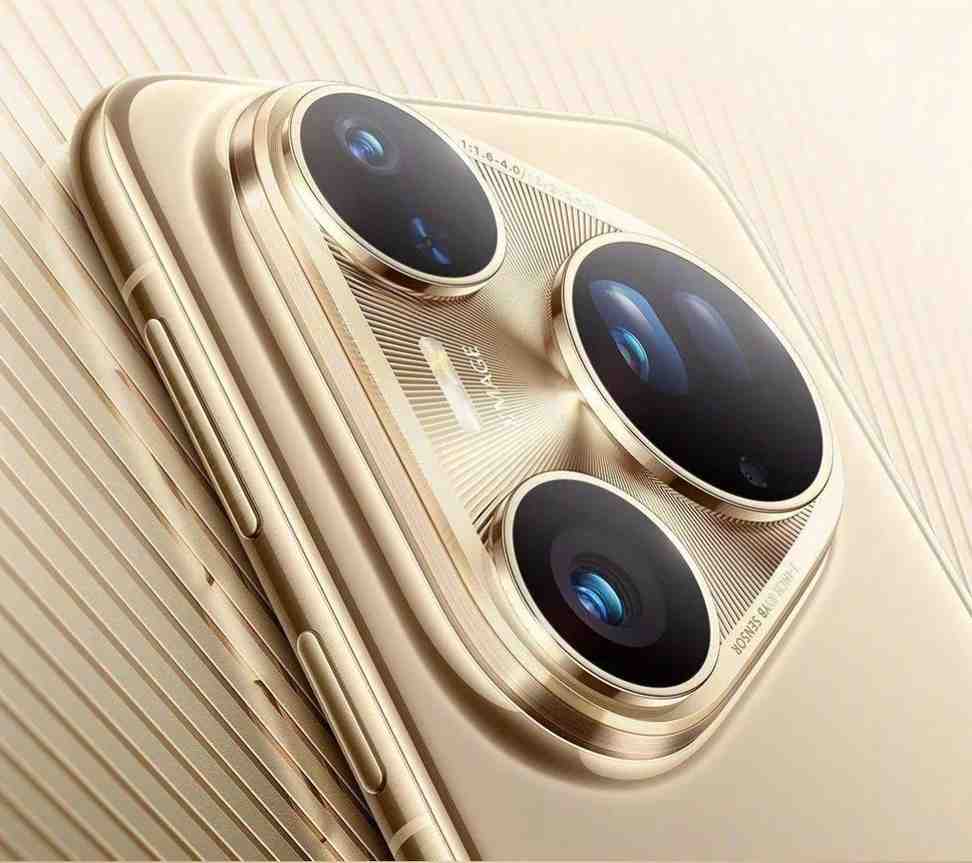
The other three models all use a 6.8-inch equidistant four-curved screen with a resolution of 2848*1276. This screen has a PPi of 460, and the display effect is relatively delicate. In addition, it has a peak brightness of 3000nit, and can display clearly even under strong light. It also supports 1-120HZ LTPO adaptive refresh rate, which is silky smooth and very power-saving.
Finally, it also supports a combination of low-brightness 1440HZ high-frequency PWM dimming + medium and high-brightness DC dimming, which can relieve eye fatigue caused by watching the screen for a long time.
There is also another difference. The screen surface of Pura 80 Pro is covered with the second-generation Kunlun glass, while the screen surface of Pura 80 Pro+ and Ultra versions is covered with the second-generation basalt tempered Kunlun glass, which is even more resistant to falling.
Differences in photography
First of all, regarding the Pura 80 standard version, its imaging configuration is unknown and the official has not announced the specific parameters.
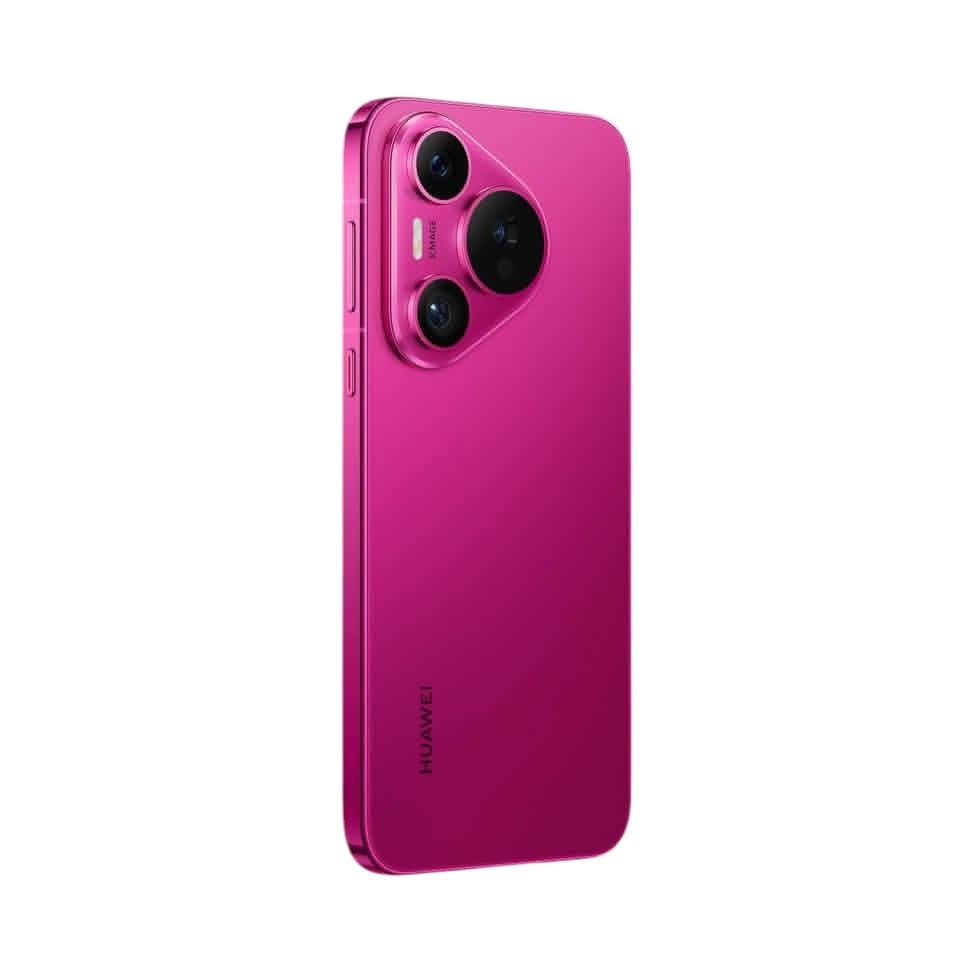
Huawei Pura 80 Pro uses a combination of 50-megapixel main camera + 40-megapixel ultra-wide-angle + 48-megapixel ultra-macro telephoto + 1.5-megapixel red maple camera. Both the main camera and telephoto support optical image stabilization, and the main camera also supports F1.6-F4.0 variable aperture technology.
It is worth mentioning that this main camera uses a one-inch ultra-large bottom sensor, which is much stronger than the OV50H main camera of the previous generation Pura 70 Pro.
The camera parameters of Huawei Pura 80 Pro+ are the same as those of Pura 80 Pro. The only slight difference is that the dynamic range of the one-inch main camera it is equipped with is higher, so these two one-inch large-bottom sensors should be different.
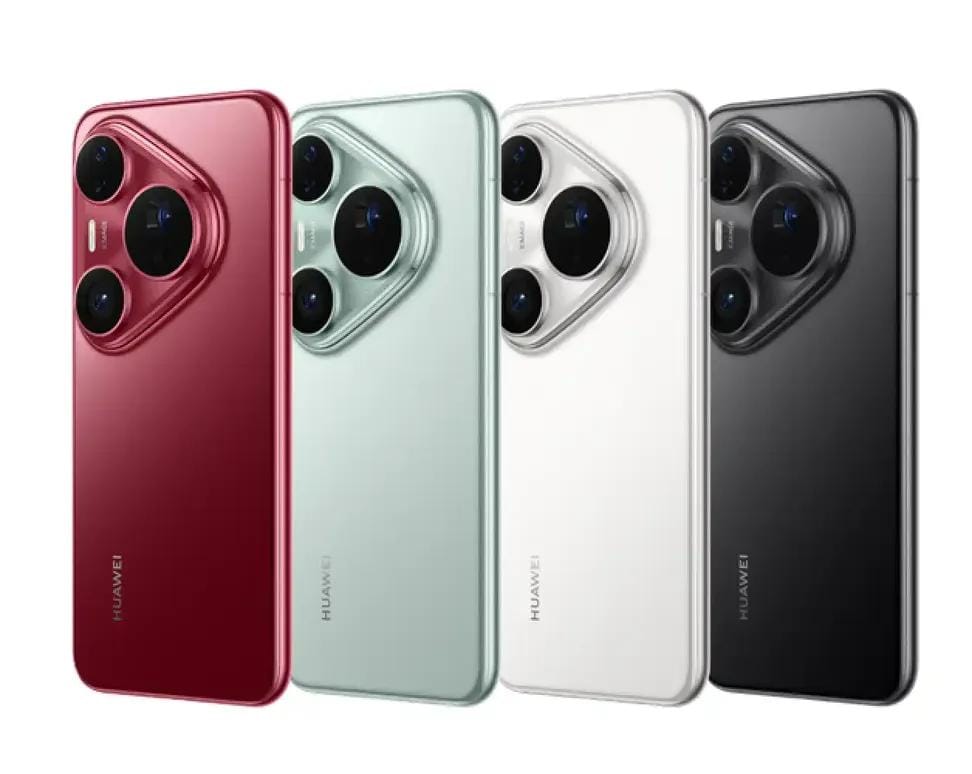
The imaging configuration of Huawei Pura 80 Ultra is even better. It uses a combination of 50-megapixel main camera + 40-megapixel ultra-wide-angle + 12.5-megapixel telephoto + 50-megapixel telephoto + 1.5-megapixel red maple camera. The main camera supports optical image stabilization, and the two telephoto cameras support sensor shift image stabilization.
First of all, its telephoto lens should be the strongest level at present. The two telephoto cameras share a 1/1.28-inch ultra-large bottom photosensitive element, which can achieve 3.7x and 9.4x optical zoom respectively, and the long-range shooting capability is extremely outstanding; in addition, its main camera is called 50-megapixel 1-inch ultra-high dynamic camera, so it is not consistent with the main camera photosensitive element of Pro+. Combined with previous revelations, expart estimates that it is the domestically produced Sweet one-inch sensor. Unexpectedly, the current level is even higher than Sony LYT-900.
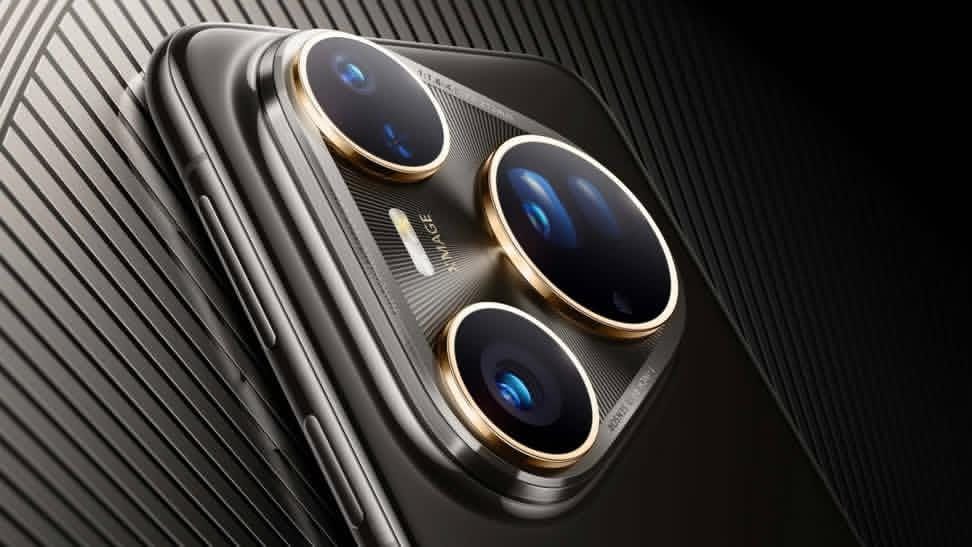
In terms of imaging configuration, Huawei Pura 80 Ultra is indeed the best performer today. Compared with Mate 70 and Pura 70 series, it can be said to be an “epic improvement”.
Differences in battery life and charging
The battery capacity of the Pura 80 standard version is unknown, but it has been confirmed that it uses 66W fast charging, while the other three models all use a combination of 5700mAh battery + 100W wired + 80W wireless + 18W reverse charging. In terms of charging capabilities, I think they are all better than most high-end flagships.
In terms of battery life, referring to the battery life experience of Mate 70 Pro, these three mobile phones equipped with larger battery capacity should have excellent battery life results, and there will be no problem charging once a day even in the case of heavy use.
Differences in peripheral specifications
It is a bit regrettable that the Pura 80 series has side fingerprint recognition, and the unlocking experience is not as good as the ultrasonic fingerprint of the flagship of competitors; then the Pro models and above are equipped with super-large amplitude dual speakers, and the external sound effect is estimated to be good.
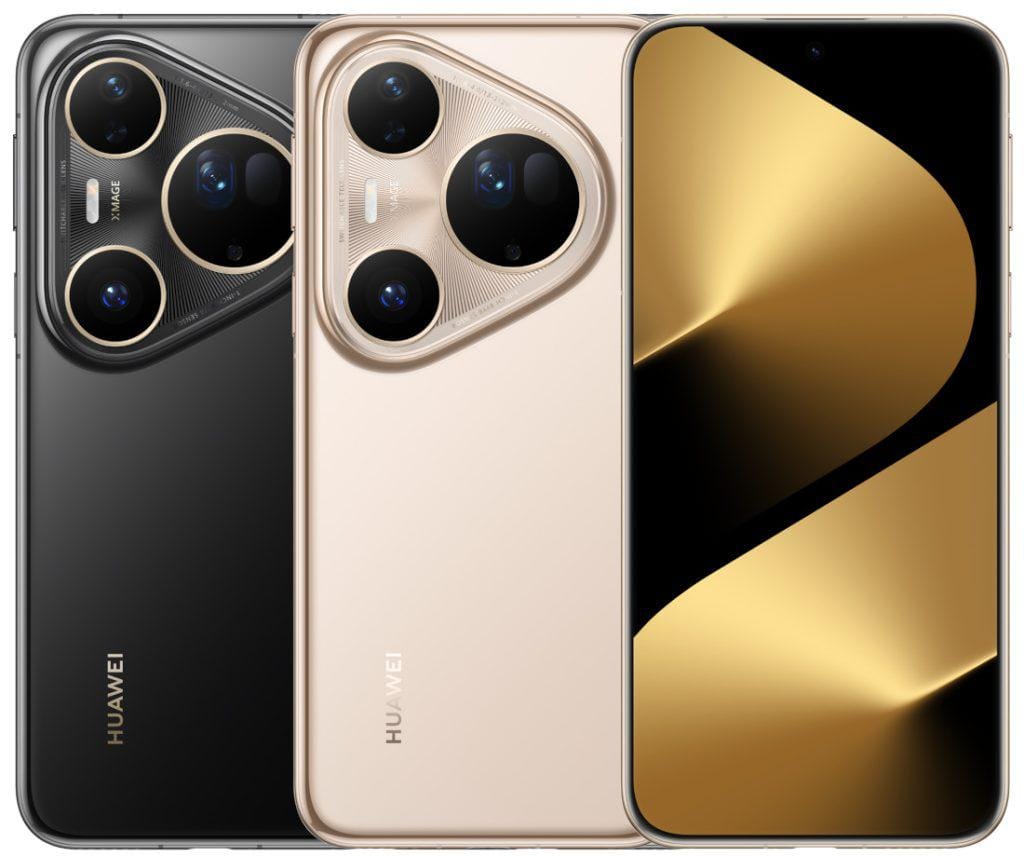
As for the IP68 waterproof configuration, this is standard for the entire series. The Pro and standard versions support two-way satellite text messages, and the Pro+ and above versions not only support satellite text messages, but also support satellite calls.
Considering that the configuration gap between Pura 80 Pro and Pro+ is very small, and the price gap is not small, and considering that the starting price of Pura 80 Ultra is very high, considering all aspects of performance, I personally feels that the Pura 80 Pro is definitely more cost-effective and suitable for most users who have a strong interest in Huawei flagships.
If you want to get more information about this, click here and join our telegram group and whatsapp group for instant updates.
Discover more from Snarikh
Subscribe to get the latest posts sent to your email.
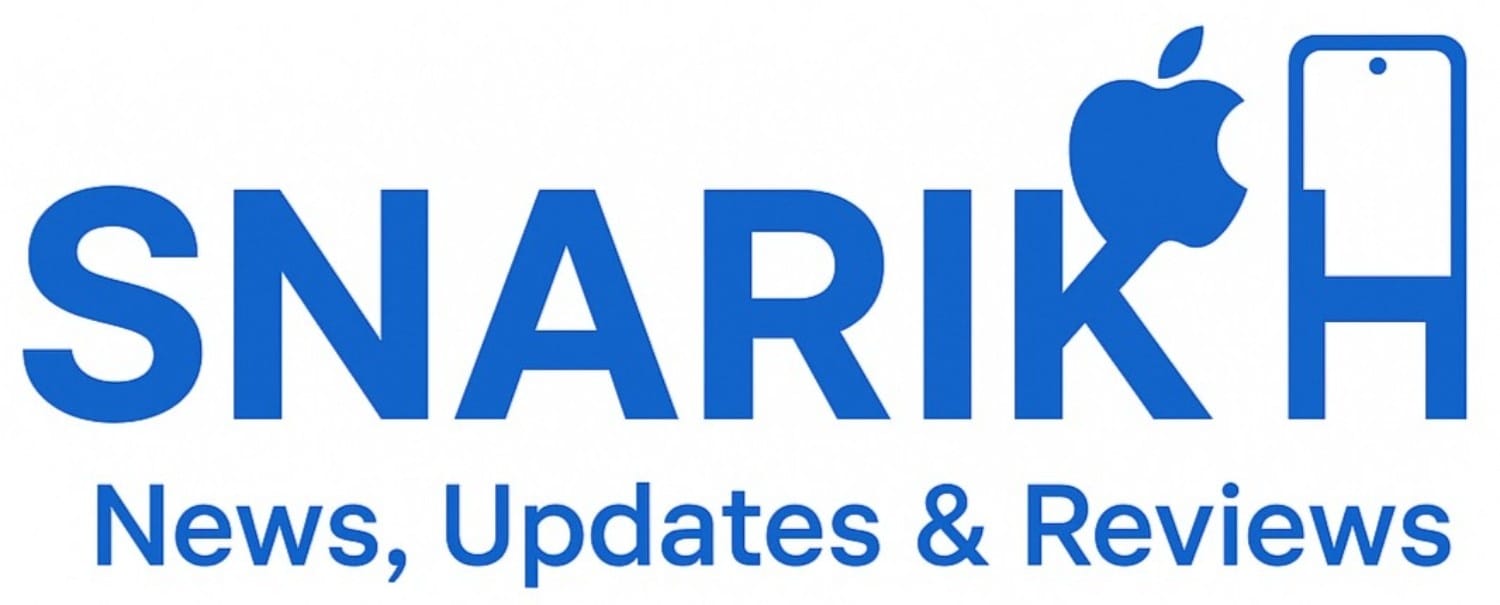


k8iom0
50caei
yhadmq